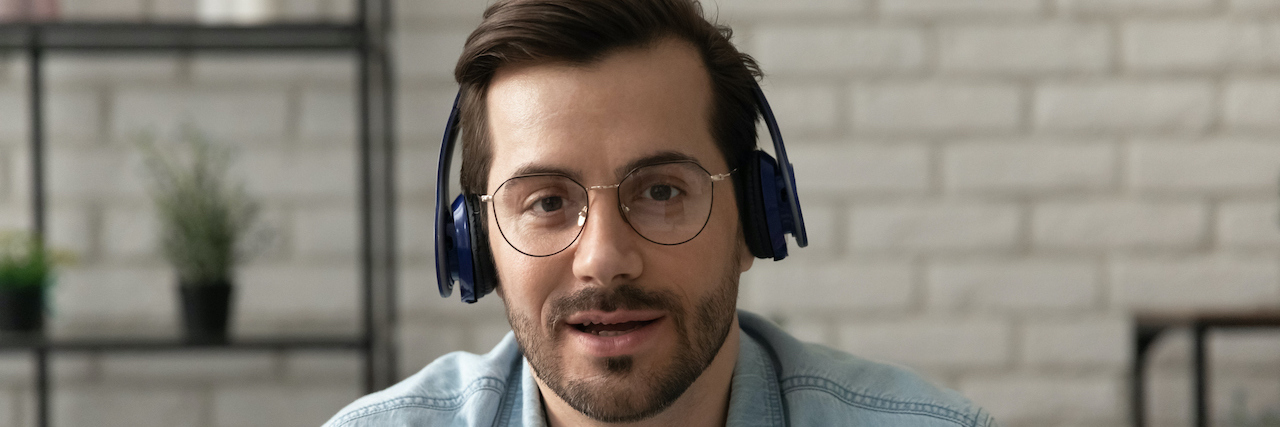My Mixed Experiences With Virtual Healthcare
I have been asked many times what I think about virtual mental healthcare. My experience over the last few years has been mixed. Technical glitches are frustrating and the effectiveness of video calls is definitely not the same as an in-person visits, but for now telehealth is the safest way forward.
My first experience with virtual healthcare was not positive. It happened prior to COVID-19. I was in crisis and had called the suicide prevention hot-line. The person who answered told me I had the wrong number and that I needed to call the health unit in my region. They provided no assistance, not even the correct number to call. I was stunned. I didn’t bother to call the other line. Reaching out for help in a crisis requires a great deal of strength that can’t easily be sustained. Instead I rolled up in a ball on my bed, took slow breaths, all the while telling myself that if I moved I would act.
When COVID-19 hit last year all appointments became virtual. My family doctor preferred telephone contact, which is my least favorite form of communication. I often adjust what I say and how I say it by people’s expressions. On the phone that’s not possible. This means that I often cut our conversations short, which is not really ideal for a mental health check in. Nevertheless we continued on for a bit and then one day for some reason she was unable to call me. My doctor said her number was blocked by my home phone. We tried to get in touch on three separate occasions in the fall of 2020. I had no idea what had changed. Again, once the wind was out of my sails, I didn’t take up rowing. Sorting out technical problems was too much effort. We haven’t talked since.
My psychiatrist uses Zoom technology to conference. Our appointments are also very short. Our sessions include not only him, but his psychiatric nurse as well as a student psychiatrist. I find seeing all three faces looking at me at the same time unnerving. With an in-person session, I can focus on talking to one person or, if I choose, I can just look at the space in front of my shoes. In the Zoom call, I feel obligated to look at everyone, to look into their eyes, which I find overwhelming. I try to figure out what they are thinking instead of focusing on sharing my own concerns and challenges. I always shut down the conversation as soon as possible.
My therapist and I meet over a video conferencing program called VSee. It was easy to install and we have not had any technical glitches. It’s definitely helpful, though I find our sessions are not as effective as in-person appointments. Much of the progress made in a therapy session is in the pauses, the silent reflections on core beliefs or concerns. In-person, my therapist is patient. She lets me think and process our discussions. Over the video conferencing app I find the silent bits awkward. It’s not anything my therapist does. It is just the nature of the technology. We are doing the best we can.
Other distractions don’t help, including the clock at the bottom right of my screen and my own face in the upper right. In my therapist’s office there are no clocks, at least none I can see. I don’t worry about finishing up “on time” or if I have wasted too much time on a certain topic. Likewise, seeing my face is also distracting. It breaks my train of thought especially since I am wearing noise cancelling headphones. I look ridiculous.
Virtual mental healthcare will never completely replace in-person appointments. From my experience it has a ways to go. For now though we have to stay safe. We have to do our best to adapt and get the most out of the technology available. Today, more than ever we need to hold on.
Getty image by fizkes

